Best microSD cards for Android
More storage is never a bad thing.
Cloud storage services are handy for keeping large amounts of data on your Android phone or tablet. However, they're no substitute for on-device storage, which can be costly. Expandable storage support is a viable alternative for the Android phones and tablets that still sport a microSD card slot.
If you're still using a phone or tablet with expandable storage, you've come to the right place — we've rounded up the best microSD cards for your Android device. Some of the major trusted brands in the flash storage space today are Samsung, Lexar, and SanDisk. Let's dive into the full list below.
Expand your horizons with the best microSD cards for Android
Why you can trust Android Central

64GB, 128GB, 256GB, 512GB
This is our preferred card because it's reliable, fast, and often goes on sale. It offers blazing-fast speeds of up to 130 MB/s read speeds, and Samsung provides a 10-year limited warranty for added peace of mind.

16GB, 32GB, 64GB, 200GB, 256GB, 512GB; 2-packs available
SanDisk has more potent cards, but the Ultra is the right answer for most, offering read speeds of up to 100MB/s. Since this is SanDisk's most popular card, there are numerous storage options to choose from.
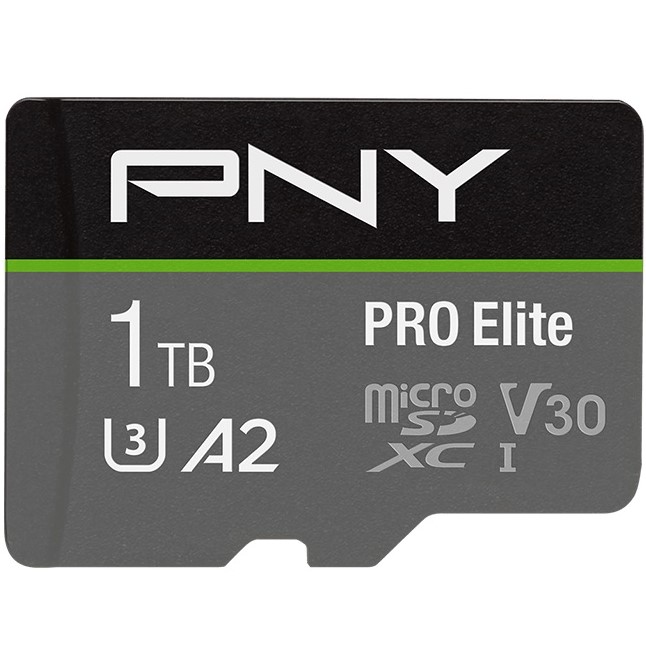
128GB, 256GB, 512GB, 1TB
This card is an excellent choice for power users who intend to use the card for storing app data and recording 4K video. PNY enhances its versatility by including an SD card adapter, making it easy to transfer files to your DSLR camera.
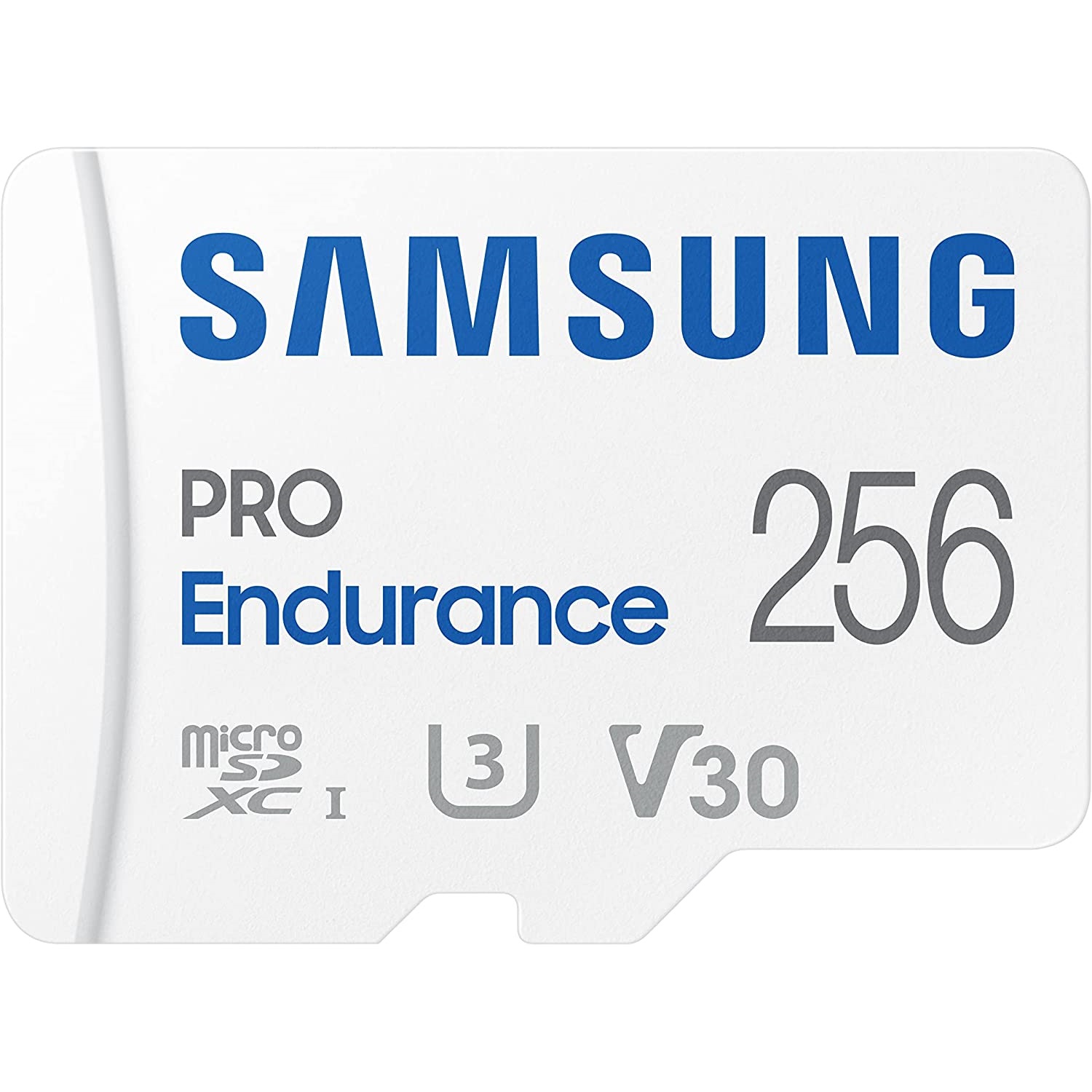
32GB, 64GB, 128GB, 256GB
Perfect for continuous loop recording in dash and security cameras, this memory card is a great choice for phones with limited storage. Samsung rates this card to last for almost 140,000 hours of 4K recording and playback.
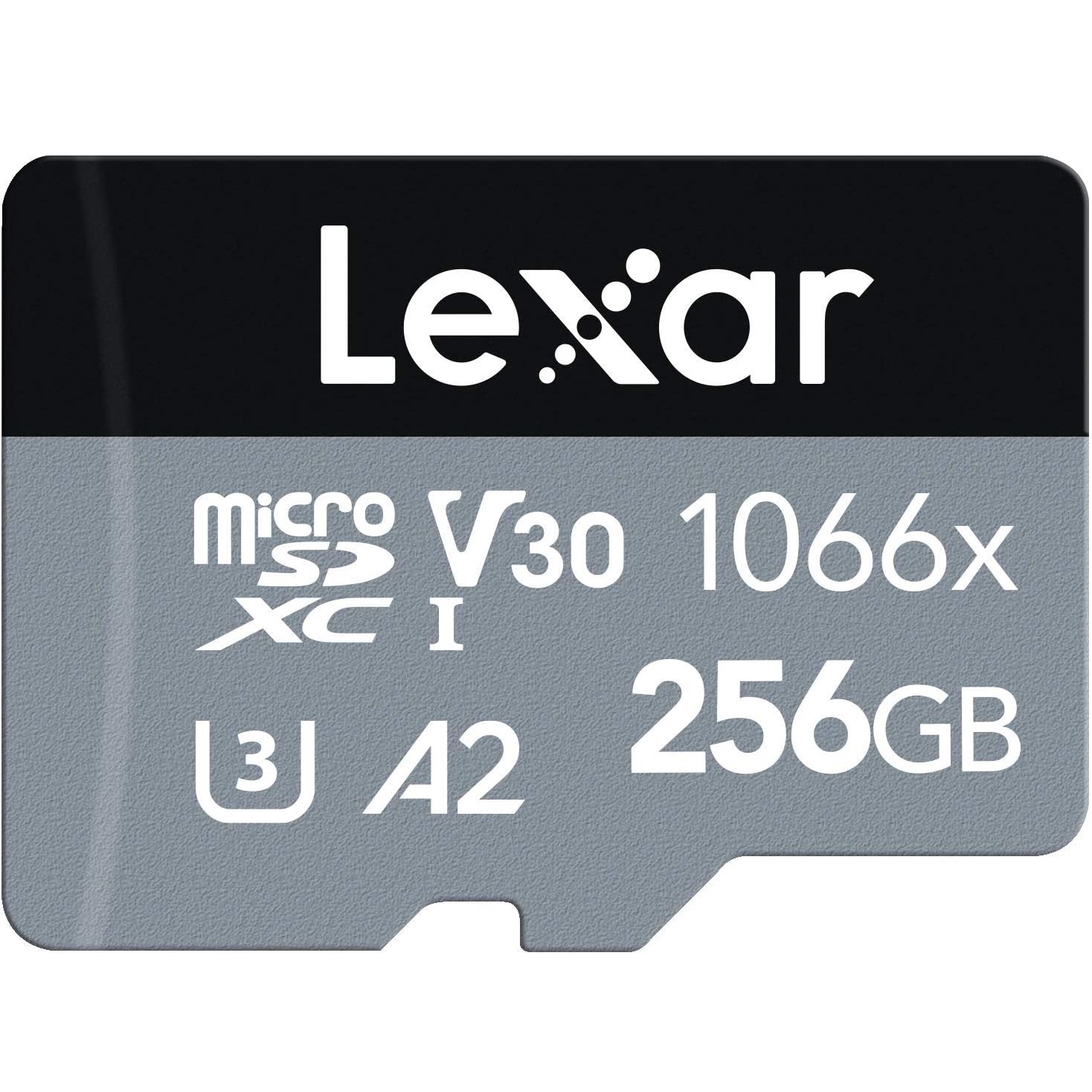
64GB, 128GB, 256GB, 512GB, 1TB
While it's pricey, this memory card is ideal for recording extended video and storing large game files, making it a perfect fit for tablets, drones, or compatible action cameras. Thanks to the A2 rating, you can run or transfer apps smoothly, with its high-speed performance.

64GB, 128GB, 256GB, 400GB, 512GB, 1TB
Designed for optimal app performance, this memory card is available in sizes up to a staggering 1TB, allowing you to store your entire digital life. The Extreme offers read speeds of up to 160MB/s, allowing you to transfer all your files as quickly as possible.
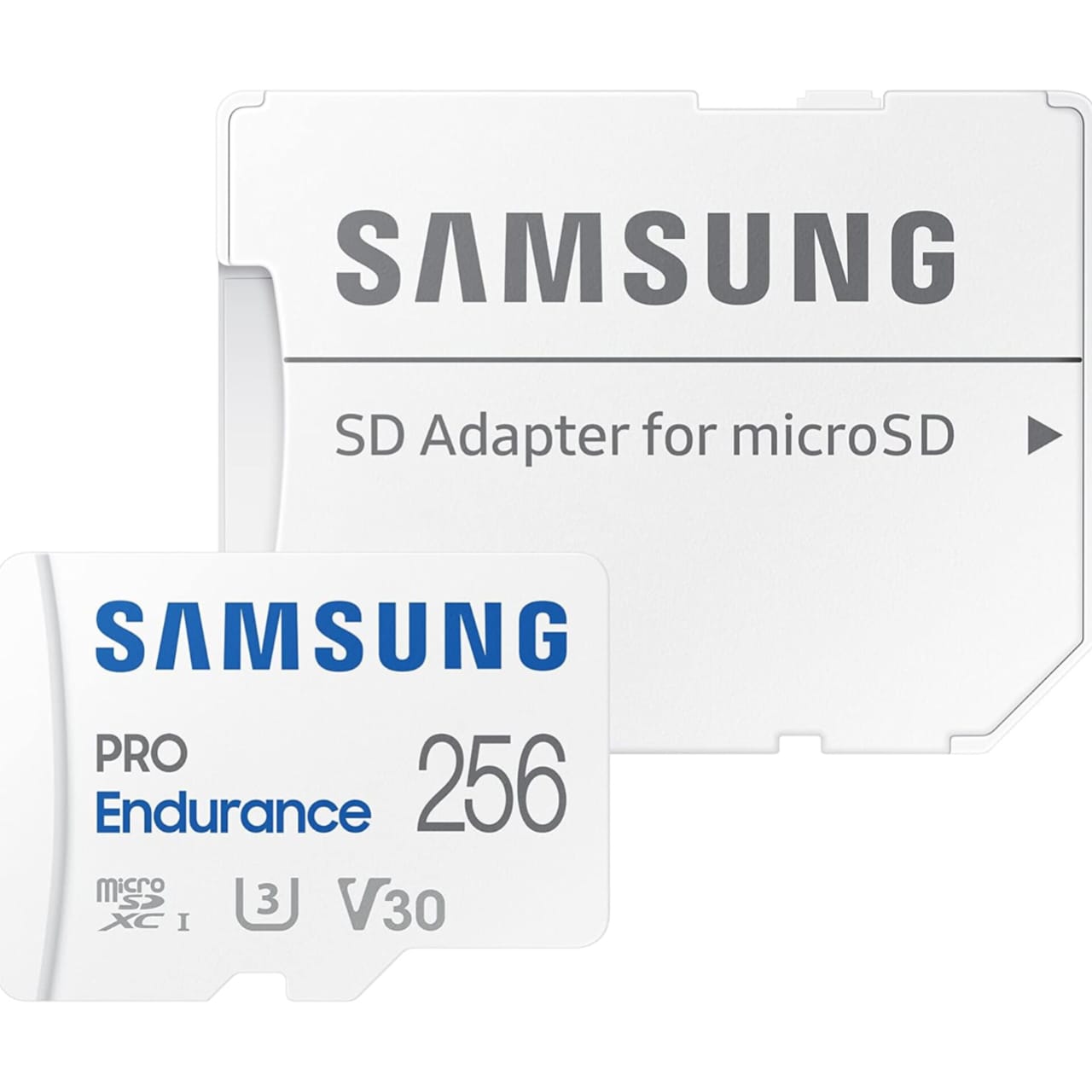
32GB, 64GB, 128GB, 256GB, 512GB
If you like to take your phone to the ski slopes or the beach, or if you drop it frequently, don't worry, since Samsung designed it to withstand tough conditions. It's also ideal for security systems, as it's rated to withstand the elements.

8GB, 16GB, 32GB, 64GB, 128GB, 256GB
With V10 video class speed and read/write speeds of up to 80MB/s, this card is capable of handling 1080p video with ease. It's also built to withstand the elements as it's water-resistant, shockproof, and temperature-proof.
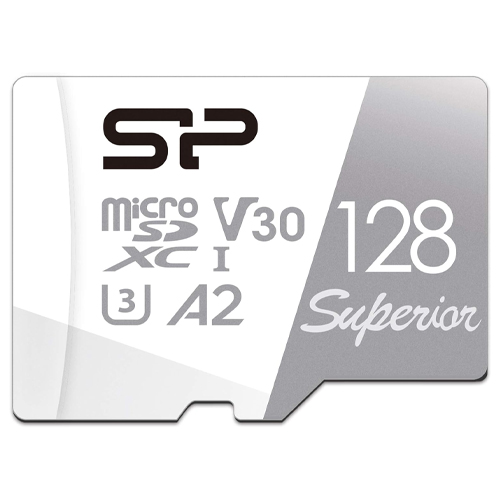
128GB, 256GB, 512GB, 1TB
With V30 video class speed and read and write speeds of up to 100MB/s and 80MB/s, respectively, this card can handle 4K video with ease. It's also built for durability, offering water resistance, shockproofing, and temperature protection. As part of the Superior series, the memory card comes with a five-year warranty.
How to choose: What do all these classes mean in memory cards?

MicroSD card speeds are labeled using a mix of standards, and most of them carry at least two of these in addition to their advertised read and write speeds. With these classifications, you can quickly understand the type of performance you're getting, especially for tasks such as 4K video recording or app storage. So here's your cheat sheet to these formats and which ones are better than others:
- Video Speed Class: Marked with a stylized 'V' and a number from 6 to 90, the Video Speed Class is one of the newer standards specifically designed for recording ultra-high-definition video, including 4K and 8K formats. For example, V30 starts at a 30MB/s write speed, V60 starts at a 60MB/s write speed, and V90 starts at a 90MB/s write speed; however, unless your phone shoots 8K video, you probably don't need a V90 card.
- UHS Speed Class: Indicated by a 1, 2, or 3 inside a U, this class is still used on most cards today. U1 starts at 10MB/s write speed, U3 starts at 30MB/s write speed, and both are perfectly adequate for most Android phones.
- Speed Class: Marked by a number inside a "C," this was the original rating system for SD cards. The highest tier, Class 10, guarantees a minimum write speed of 10MB/s. While still used on many cards today, this standard is outdated mainly because nearly all modern cards far exceed it, so it's no longer the best way to judge performance.
- App Performance Class: Characterized by an A1 or A2 rating, the App Performance Class is a metric used to define whether an SD card is capable of storing apps. A1 is the first generation, whereas A2 is the second generation; thus, A2 is faster and better than A1.
- SD Express: SD Express is the latest memory card technology, offering SSD-like performance with speeds of just under 1GB/s. Samsung was the first to announce the production of SD Express microSD cards, which are expected to be available "later this year." The 'EX' marking can identify SD Express cards and will come in varying speed classes, with minimum read/write speeds of 150MB/s, 300MB/s, 450MB/s, and 600MB/s.
- Capacity notations: You've probably noticed terms like 'SDHC' and 'SDXC' on a spec page of a microSD card. These terms simply denote the maximum capacity of the particular type of microSD card. 'SD' is only for cards with a capacity of up to 2 GB. 'SDHC' refers to cards with capacities between 2GB and 32GB. The SDXC label appears on cards with capacities ranging from 32GB to 2TB, including SD Express cards. At the very high end, SDUC cards support capacities ranging from 2TB to 12TB. These microSD cards are more difficult to find and, as expected, are on the pricier side.
You may notice that all of these specs focus on write speed — that tends to be the lower of the two rates on an SD card — so if you see a card with a "transfer" speed of 100MB/s but only a U3 class, chances are that card has a read speed of 100MB/s and a write speed of 30MB/s.
For most users who simply want to use a microSD card to store app data, music, and movies for offline playback, a U1 or U3 card, such as the Samsung EVO Select, will be perfectly fine. However, if you're someone who intends to use a microSD card for shooting copious amounts of photos or 4K video, then grabbing a U3/V30 (30MB/s) or V60 card, such as the Lexar Professional 1000x, is a better idea.
The Samsung EVO Select 128GB microSD card is ideal for nearly any Android device, whether it's a phone or the best Android tablet. You typically don't need more than 128GB of storage for everyday use. Samsung's affordable memory card checks all the right boxes: it supports app storage with its A2 classification and meets both V30 and U3 standards, achieving a steady write speed of 30MB/s.
Check your Android device so you can buy the right microSD card for it
Gone are the days when pretty much every Android smartphone and tablet included a microSD card slot. While the best Android tablets, such as the Samsung Galaxy Tab S11 Ultra, include a microSD card slot, the same can't be said for the best Android phones. So, you'll need to ensure that your phone or tablet is an Android device with expandable storage before purchasing a microSD card. If you plan to store apps on your memory card, ensure it has an A1 or A2 App Performance Class rating.
Just like everything else in a phone and tablet, manufacturers must license specific software to support certain microSD card formats in their devices. This is why some phones, like the Samsung Galaxy A54 5G, can support up to a 1TB card. In contrast, other phones may only support cards of up to 128GB.
In most cases, a 256GB card will work in a phone that supports 128GB, but it's still advisable to stick to the officially supported size. If anything goes wrong, you don't want tech support to blame the card. Unless your phone explicitly states that it supports 1TB cards, skip the splurge, as those larger capacities only work correctly on devices designed to handle them. Some devices, like the Galaxy Tab S11 Ultra, support gigantic 2TB microSD cards.
Get the latest news from Android Central, your trusted companion in the world of Android

Andrew Myrick is a Senior Editor at Android Central. He enjoys everything to do with technology, including tablets, smartphones, and everything in between. Perhaps his favorite past-time is collecting different headphones, even if they all end up in the same drawer.
- Judy Sanhz
- Roydon CerejoContributor
- Brady SnyderContributor
